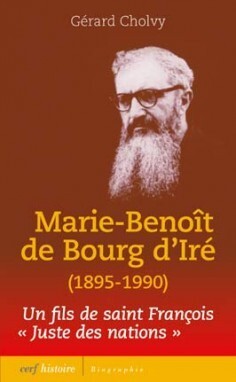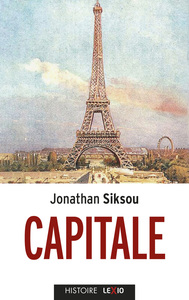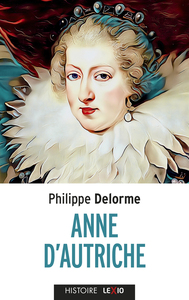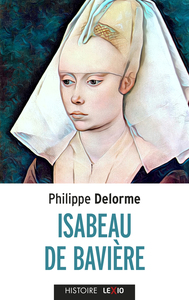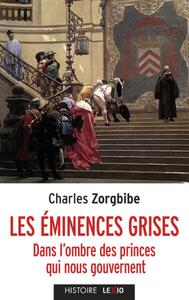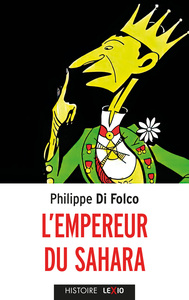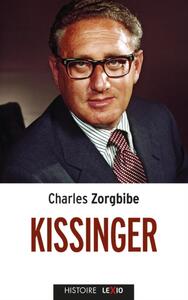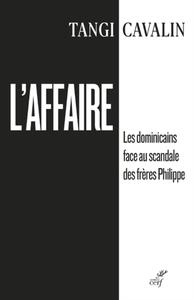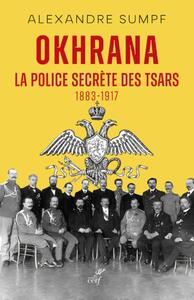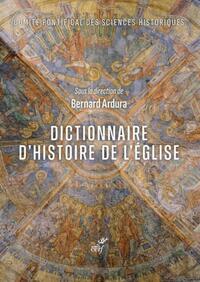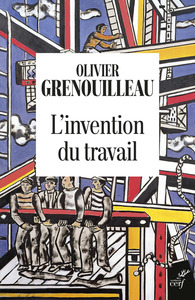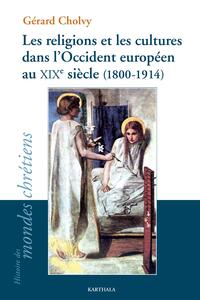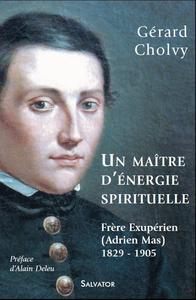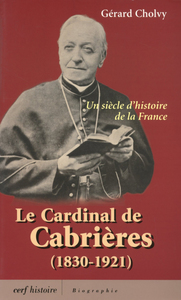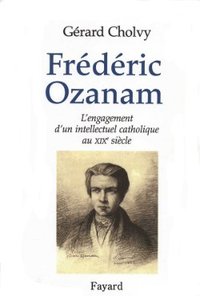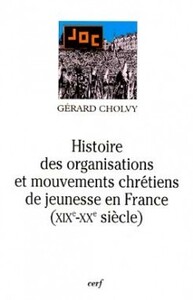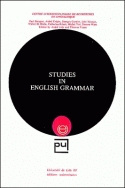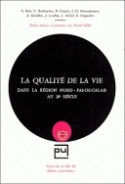Nous utilisons des cookies pour améliorer votre expérience. Pour nous conformer à la nouvelle directive sur la vie privée, nous devons demander votre consentement à l’utilisation de ces cookies. En savoir plus.
MARIE-BENOIT DE BOURG D'IRE (1895-1990)
Cerf - EAN : 9782204092197
Édition papier
EAN : 9782204092197
Paru le : 9 déc. 2010
40,70 €
38,58 €
Disponible
Pour connaître votre prix et commander, identifiez-vous
Notre engagement qualité
-
 Livraison gratuite
Livraison gratuite
en France sans minimum
de commande -
 Manquants maintenus
Manquants maintenus
en commande
automatiquement -
 Un interlocuteur
Un interlocuteur
unique pour toutes
vos commandes -
 Toutes les licences
Toutes les licences
numériques du marché
au tarif éditeur -
 Assistance téléphonique
Assistance téléphonique
personalisée sur le
numérique -
 Service client
Service client
Du Lundi au vendredi
de 9h à 18h
- EAN13 : 9782204092197
- Réf. éditeur : 775627
- Collection : HISTOIRE
- Editeur : Cerf
- Date Parution : 9 déc. 2010
- Disponibilite : Disponible
- Barème de remise : NS
- Nombre de pages : 418
- Format : H:236 mm L:150 mm E:23 mm
- Poids : 663gr
- Interdit de retour : Retour interdit
-
Résumé :
Né en 1895 dans l'Anjou profond, au Bourg d'Iré où se trouve le château du comte de Falloux, Pierre Péteul est issu de familles de meuniers. Il doit suivre les siens à Angers dans des conditions difficiles. Nous sommes en 1907 lorsque le garçon déclare « aller n'importe où pour être prêtre », le diocèse étant alors surabondant en vocations. Se former chez les Capucins suppose un second départ, et, cette fois, en Belgique. En 1913, au terme d'excellentes études, Pierre, devenu Frère Marie-Benoît, fait profession religieuse. De 1915 à 1919, le brancardier est « connu pour son courage à toute épreuve ». Ses études à Rome distinguent le jeune religieux. Au Collège international Saint-Laurent de Brindes jusqu'en 1940, il est bien placé pour entendre les mises en garde contre l'antisémitisme, ses études, sa connaissance de l'hébreu biblique lui ayant permis, par ailleurs, une première approche du judaïsme. Ainsi, à Marseille [1940], à Nice, puis à Rome [1943-1944], il n'y eut chez lui aucune hésitation à connaître où était le devoir du moment, ceci « au mépris même du danger » [rabbin Elio Toaff]. Il n'ignorait pas que la spéculation pure — il y excellait — n'était pas pleinement conforme à la Règle de perfection franciscaine. Le « Père des juifs » qu'est devenu « Padre Benedetto » a su, pour le sauvetage de quelque 4500 juifs étrangers et italiens, travailler en étroite collaboration avec ces juifs intrépides que furent Bass, Donati, Kasztersztein, Schwamm, Cantoni, Sorani, Giuseppe Levi... Alors qu'au milieu des années 1950, la Province italienne de Foggia comptait les deux Capucins vivants les plus célèbres au monde, Padre Pio et le P. Marie-Benoît, que le Président Lindon Johnson le donnait en modèle aux Américains, le Père était l'un des artisans du rapprochement entre juifs et chrétiens sur le plan de l'amitié, en contact avec Edmond Fleg ou Jules Isaac. Vatican II n'a donc pas surpris ce précurseur d'une théologie de la filiation qui remplacerait une théologie de la substitution. « Juste des nations » en 1967, et l'un des tout premiers Français, c'est du grand rabbin Kaplan qu'il reçut, en 1984, les insignes d'officier de la Légion d'honneur, la croix de chevalier lui ayant été remise, à Rome, en 1946, par Jacques Maritain. Comme saint François avec les musulmans, il fut l'artisan d'un dialogue pacifié avec les juifs et, comme le fondateur des Frères Mineurs, c'est en homme libre qu'il a vécu, jusqu'en 1990, lesté de l'essentiel à ses yeux, ce but qu'assignait saint Bonaventure à la théologie : « Ut boni fiamus », « pour que nous devenions bons ».
--
In 1895, Pierre Péteul was born into a family of millers, in the heart of Anjou, in the Bourg d'Iré, where the Count of Falloux's château stands. Difficulties obliged the family to move to Angers. In 1907, the boy declared he would "go anywhere at all in order to become a priest" because the diocese had too many vocations. He was obliged to move again, to Belgium this time, to train with the Capuchin brothers. In 1913, after completing excellent studies, Pierre, now Brother Marie-Benoît, was ordained a priest. From 1915 to 1919, as a stretcher bearer, he was reputed for ‘his never-failing courage'. His studies in Rome drew attention to the young priest. At the Collège international Saint-Laurent de Brindes until 1940, he was well-placed to hear the warning bells of anti-Semitism: his studies and his knowledge of Biblical Hebrew had given him a privileged insight to Judaism. So in Marseilles (1940), in Nice, then in Rome (1943-1944), he never hesitated to do his duty, "disregarding all danger" (Rabbi Elio Toaff). He was well aware that pure speculation— one of his gifts— did not entirely correspond to the Rule of Franciscan perfection. The "Father of the Jews" who became "Padre Benedetto" saved some 4500 foreign and Italian Jews, working in close collaboration with courageous Jews such as Bass, Donati, Kasztersztein, Schwamm, Cantoni, Sorani, Giuseppe Levi... In the middle of the 1950s, the Italian Province of Foggia could boast the two most famous living Capuchin friars in the world: Padre Pio and Father Marie-Benoît. Father Marie-Benoît was one of the architects of a rapprochement between Jews and Christians, with Edmond Fleg and Jules Isaac. Vatican II did not come as a surprise to this precursor of the theology of filiation, which was to replace a theology of substitution. In 1967, he was named ‘Righteous among the nations', one of the first Frenchman to receive the honour, and in 1984, he was awarded the insignia of the Légion d'honneur from the hands of Rabbi Kaplan. He had already received the Croix de Chevalier in Rome from Jacques Maritain in 1946. Like Saint Francis with the Muslims, he was the architect of a peaceful dialogue with the Jews and like the founder of the Frères Mineurs, he lived as a free man until 1990, working for what he considered to be "essential", the aim Saint Bonaventure attributed to theology: ‘Ut boni fiamus', ‘that we may become good'.

